SOURCE: IDRW.ORG TEAM
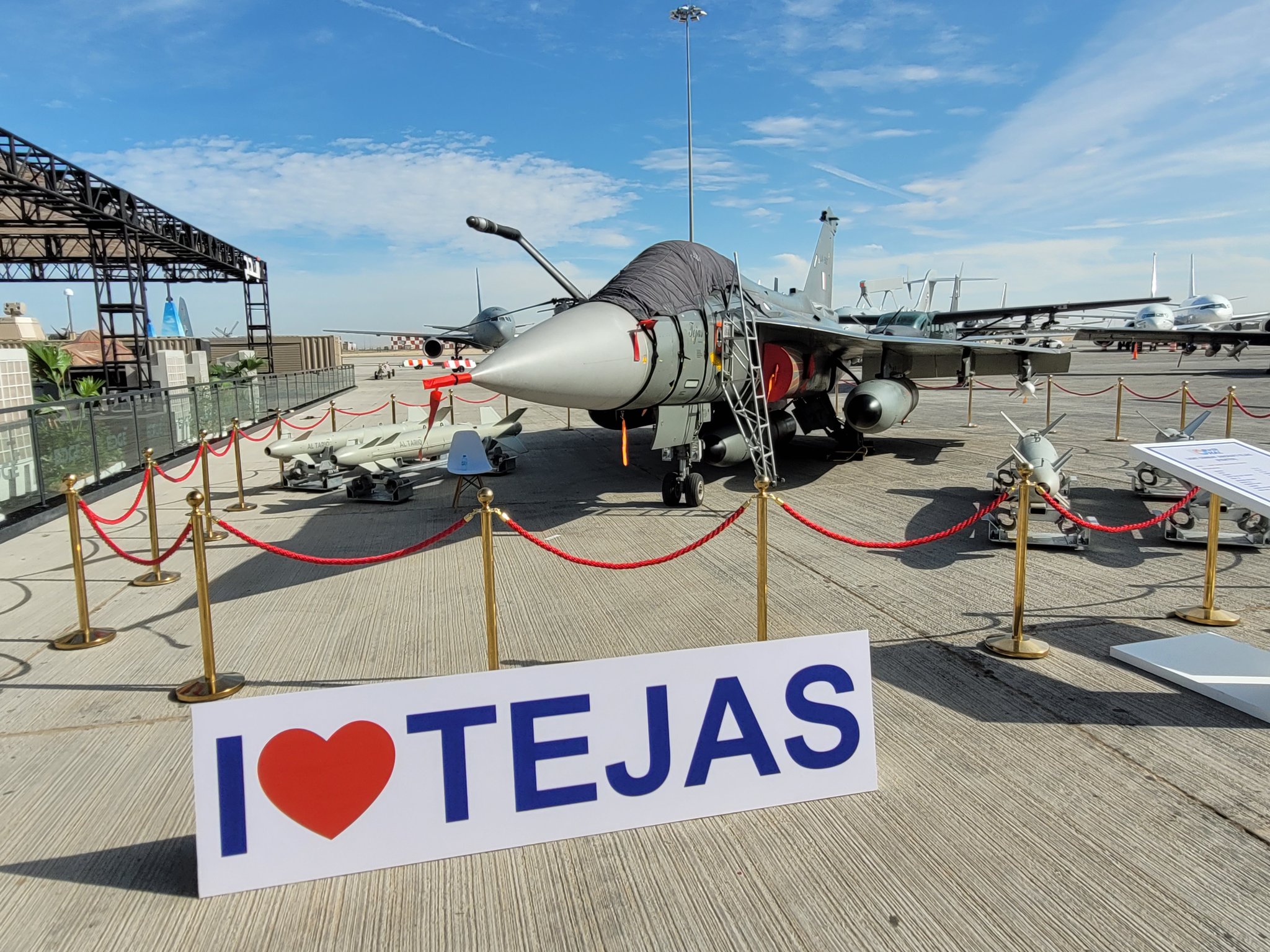
India’s indigenously developed Light Combat Aircraft, LCA-Tejas Mk1, has taken center stage at the prestigious Dubai Airshow 2023. The fighter jet, designed and manufactured by Hindustan Aeronautics Limited (HAL), is participating in the event to showcase its capabilities and explore potential collaborations. The first glimpse from the Airshow reveals the LCA-Tejas Mk1 on static display, strategically positioned alongside AL TARIQ’s LR-PGM, a precision munitions system developed by the UAE-based EDGE group.
Earlier this year, HAL and EDGE Group solidified their partnership through a Memorandum of Understanding (MoU). The collaboration aims to explore the integration of AL TARIQ’s family of modular, long-range, all-weather, day-night precision munitions onto HAL’s fixed-wing aircraft. This strategic alliance brings together the expertise of two leading entities in the aerospace industry, promising advancements in precision munition capabilities for military aircraft.
Continue readingSOURCE: IDRW.ORG TEAM

The Indian Air Force (IAF) marked the end of an era in October by retiring the Number 4 Squadron, known as the Oorials, which was stationed at the Uttarlai Air Force Station in Barmer, Rajasthan. This move is part of the IAF’s plan to retire two more squadrons of the MiG-21 Bison by 2025, ultimately phasing out the entire fleet of these legendary aircraft after over 50 years of service.
While the retirement of the MiG-21s is seen as a necessary transition to more modern and advanced fighter aircraft, what’s intriguing is the potential future of these aging airframes. Surprisingly, the average age of the MiG-21s set for retirement and those yet to be retired is just 37-38 years. This means that these airframes still have approximately 7-8 years of service life left in them, opening up exciting possibilities for their repurposing into unmanned drones.
Continue readingSOURCE: RAUNAK KUNDE / NEWS BEAT / IDRW.ORG

The Indian Army and Indian Air Force, which had initially sought to procure Russian Kamov Ka-226T ‘Hoodlum’ light utility helicopters, are now exploring other options due to uncertainties surrounding the over $1.2 billion tender initiated in 2014 for 200 of these helicopters. It appears that the Ministry of Defence (MoD) is considering scrapping the deal, as negotiations between Hindustan Aeronautics Limited (HAL) and Kamov have encountered numerous complexities, including issues related to technology transfer, indigenous content, and overall costs.
The Ka-226T ‘Hoodlum’ light helicopter, powered by two advanced Arrius 2G1 engines developed by Turbomeca (a Safran Group company), offers a level of performance that surpasses HAL’s 3-ton Light Utility Helicopter (LUH), which operates with a single HAL/Turbomeca Shakti-1U turboshaft engine. The Ka-226T’s advanced features, including FADEC-equipped engines, make it suitable for high-altitude operations, an essential capability in the rugged terrain of the Indian subcontinent.
Continue readingSOURCE: RAUNAK KUNDE / NEWS BEAT / IDRW.ORG
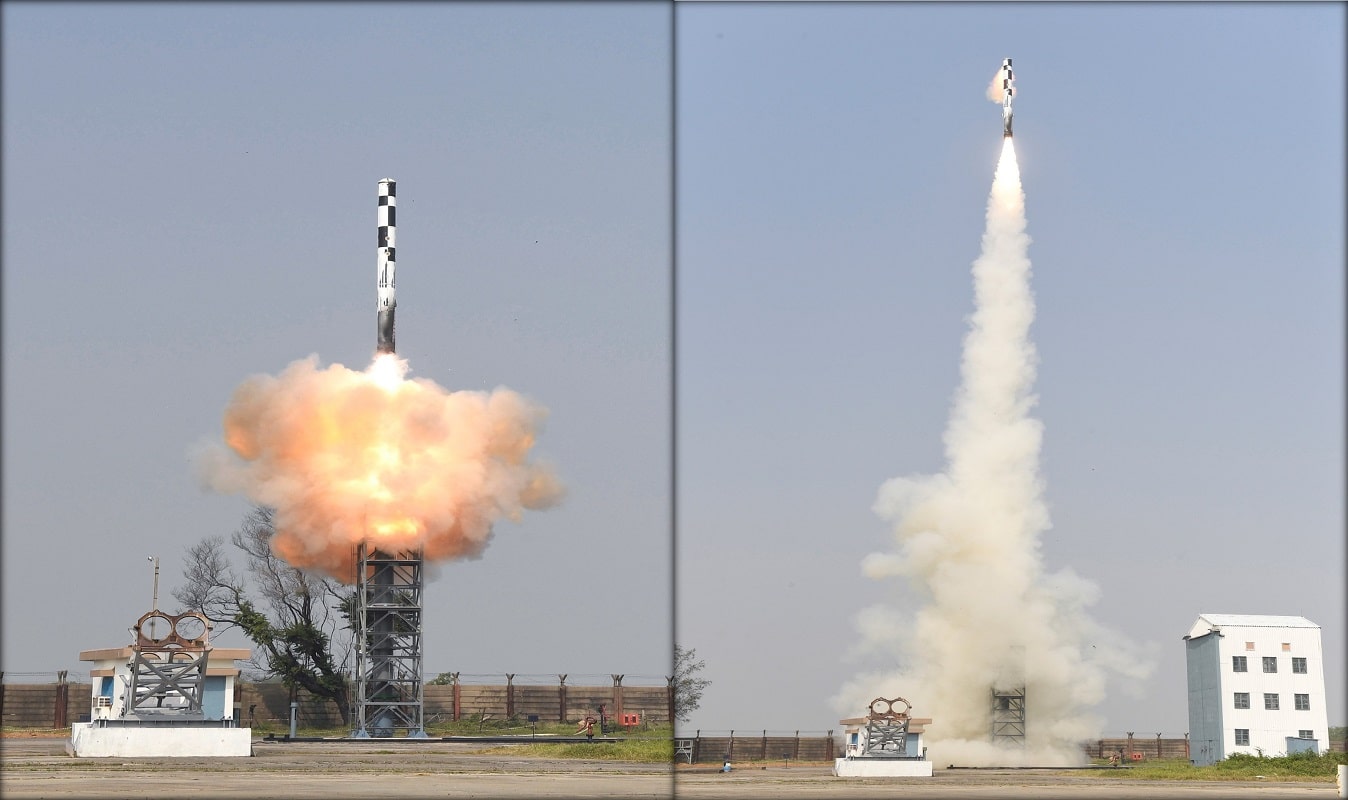
BrahMos Aerospace, the joint venture between India and Russia, is actively engaged in discussions with several countries, including Vietnam, the Philippines, Malaysia, and Brunei, for the potential sale of the BrahMos cruise missile. Atul Dinkar Rane, the CEO of BrahMos Aerospace, revealed that a growing number of nations from Asia, Africa, and South America have expressed interest in acquiring the versatile and powerful BrahMos weapon system.
The BrahMos cruise missile, known for its supersonic speed and precision, has become a sought-after defence asset globally. Rane highlighted ongoing negotiations with various countries and hinted at the possibility of securing more foreign orders in the coming months.
Continue readingSOURCE: RAUNAK KUNDE / NEWS BEAT / IDRW.ORG
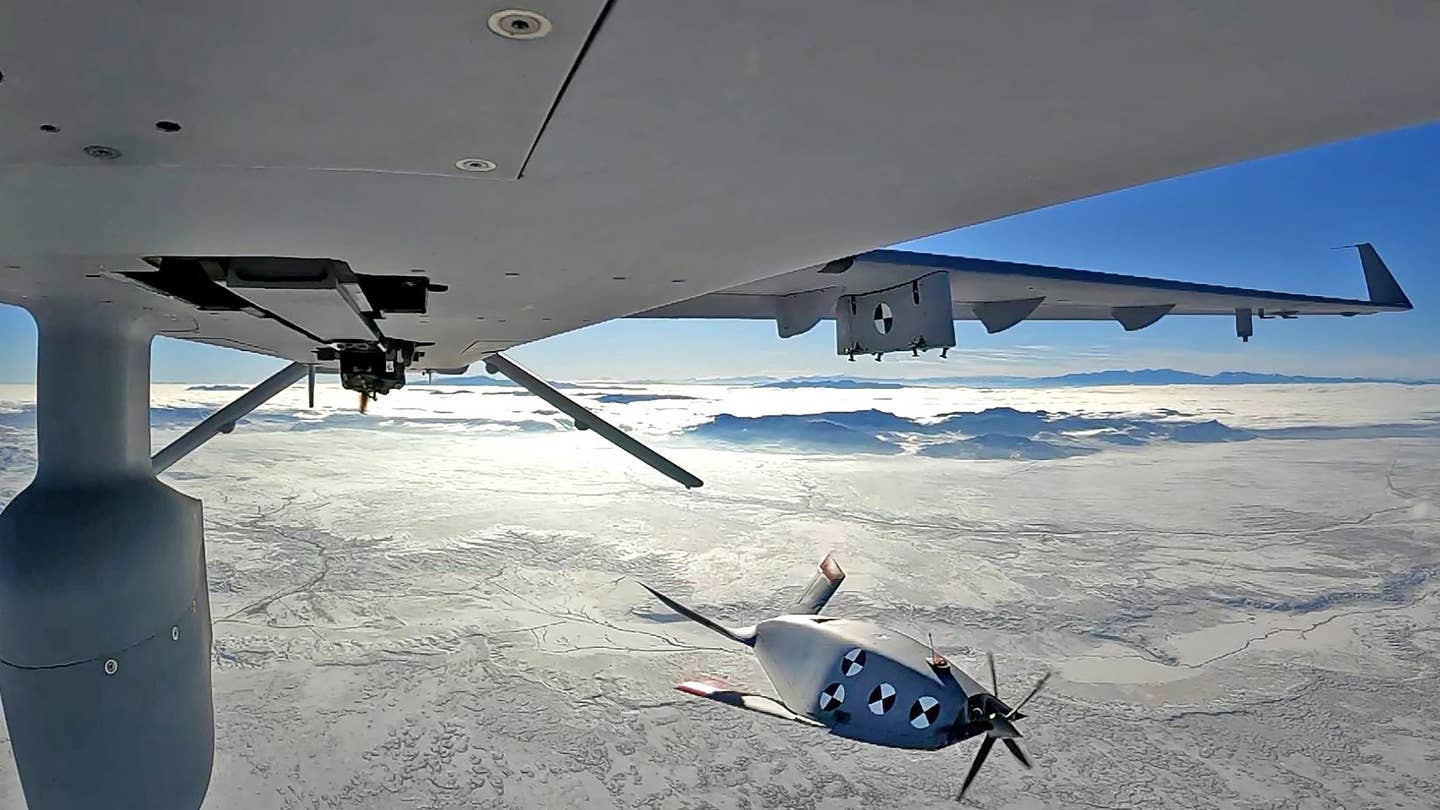
The Ukraine-Russia conflict, marked by its recent drone warfare, has showcased the importance of adapting and evolving unmanned aerial systems in modern warfare. At the beginning of the conflict, the Turkish Bayraktar TB2, a medium-altitude, long-endurance unmanned combat aerial vehicle (UCAV), was touted as a game-changer in Ukraine’s favour. However, as Russia bolstered its air defence systems, the TB2 drones quickly lost their effectiveness and became susceptible to countermeasures, forcing Ukraine to reduce their usage significantly.
In response to these challenges, Indian startups are now at the forefront of developing a Multi-Mission Recoverable Small Unmanned Aerial System (UAS). This innovative technology is designed to enhance the reconnaissance capabilities of medium-altitude, long-endurance (MALE) and high-altitude, long-endurance (HALE) UAVs before they enter high-risk operational areas.
Continue readingSOURCE: IDRW.ORG TEAM
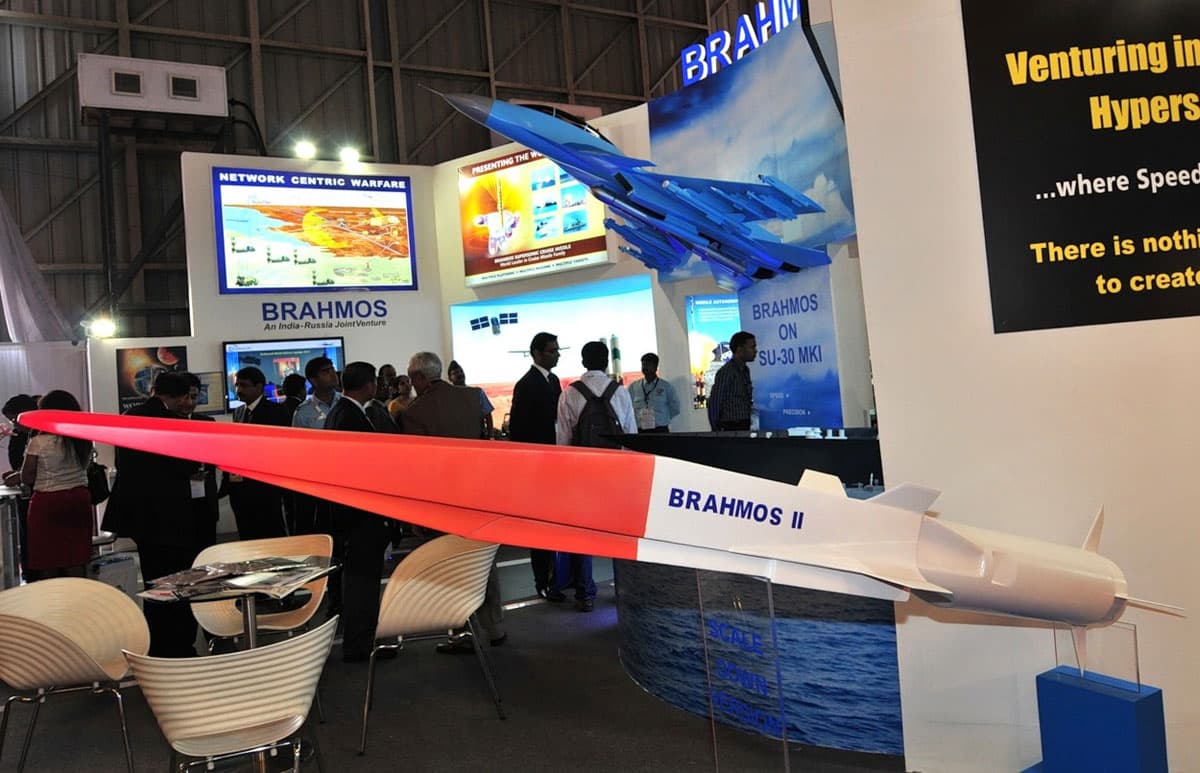
In a significant development, Atul Dinkar Rane, the CEO of BrahMos Aerospace, has confirmed that the prospect of a Hypersonic BrahMos missile is actively being considered. While the concept of a Hypersonic BrahMos has garnered attention, Rane clarified that there hasn’t been a conclusive agreement between the Indian Defense Research and Development Organization (DRDO) and the Russian NPOM for the joint development of BrahMos 2K.
The Hypersonic BrahMos, often referred to as BrahMos 2K, is envisioned to be based on the Russian 3M22 Zircon hypersonic missile. The 3M22 Zircon, developed by the Research and Production Association of Machine-Building (NPO Mashinostroenia), is renowned for its unparalleled speed and cutting-edge technology.
Continue readingSOURCE: IDRW.ORG TEAM

Zen Technologies Limited, a prominent provider of military training and anti-drone solutions, has achieved a significant order in the export markets valued at approximately ?340 crores (approximately $41.5 million USD). The company has confirmed that these orders originate from Armenia and involve the procurement of an Anti-Drone System (CUAS) supplied by an Indian private sector company.
Zen Technologies’ Anti-Drone System (CUAS) is designed to address the growing threat of unmanned aerial systems (drones). The system operates by detecting, classifying, tracking, and neutralizing drones through the jamming of their communication signals. It relies on passive surveillance and camera sensors to identify potential threats, providing a multi-layer, multi-sensor architecture for comprehensive security against drone attacks.
Continue readingSOURCE: RAUNAK KUNDE / NEWS BEAT / IDRW.ORG
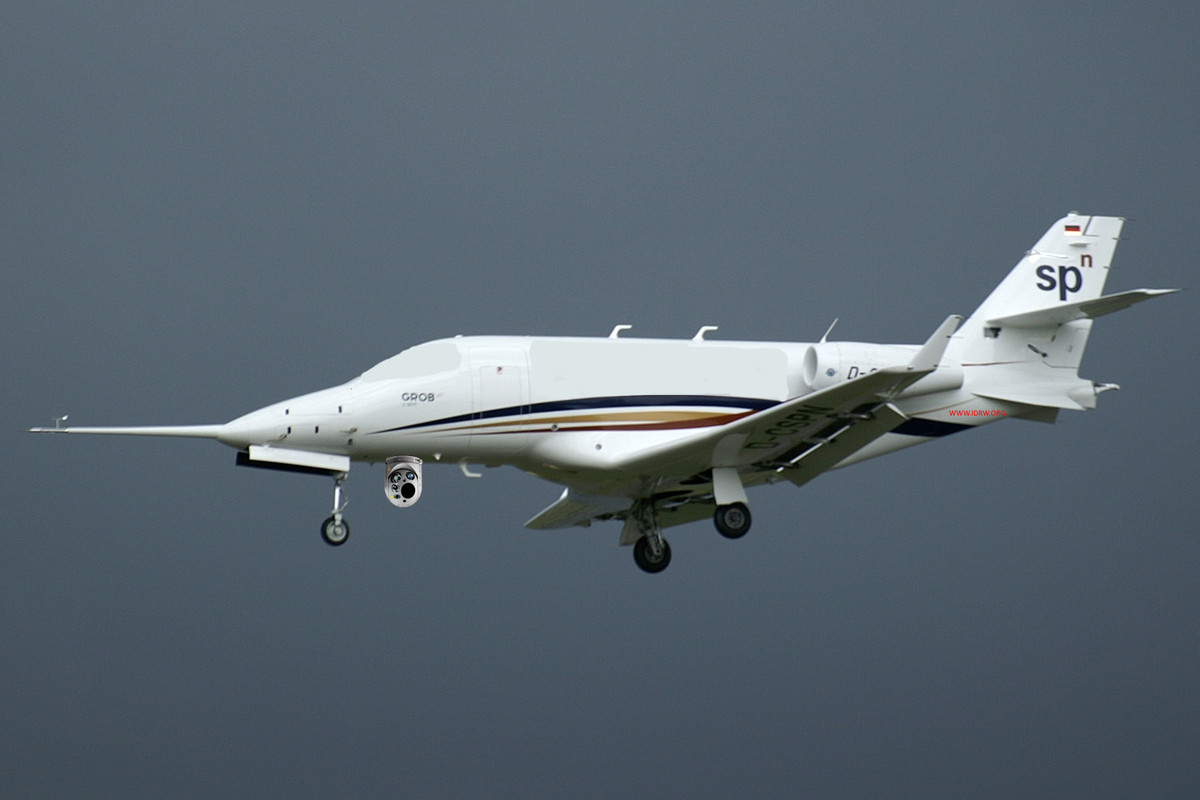
Tata Advanced Systems Limited (TASL), an Indian aerospace and defence company, has embarked on an innovative journey to transform the Grob G180 SPn, a low-wing twin-engined composite corporate jet originally designed and built by German aircraft manufacturer Grob Aerospace.
TASL acquired the intellectual property rights for this aircraft and is now considering converting it into a state-of-the-art Unmanned Aerial System (UAS) designed for Intelligence, Surveillance, and Reconnaissance (ISR) missions. This ambitious project aims to create a UAS with performance and operational characteristics at the top end of the UAS High Altitude Long Endurance (HALE) category.
Continue readingSOURCE: RAUNAK KUNDE / NEWS BEAT / IDRW.ORG

The Ministry of Defence in India is embarking on a mission to enhance the mobility and logistical capabilities of the Indian armed forces. The ministry is planning to procure approximately 5,000 Lorry 5/7.5 Ton General Service 4×4 vehicles, along with 2,500 Truck 2.5 Ton General Service 4×4 vehicles. These vehicles are designed to serve as versatile and rugged load carriers, facilitating the transportation of critical equipment and supplies to various operational areas.
The primary objective behind the procurement of these vehicles is to bolster the Indian armed forces’ transportation and logistics infrastructure. The 5/7.5 Ton General Service 4×4 vehicles are engineered to exhibit impressive payload capacities, capable of carrying 5 tons in challenging terrains such as hills, high altitudes, cross-country, and deserts while delivering a capacity of 7.5 tons in plains. These vehicles are envisioned to be the workhorses of the armed forces, ensuring that essential supplies and equipment can be efficiently transported to even the most remote and demanding locations.
Continue readingSOURCE: RAUNAK KUNDE / NEWS BEAT / IDRW.ORG
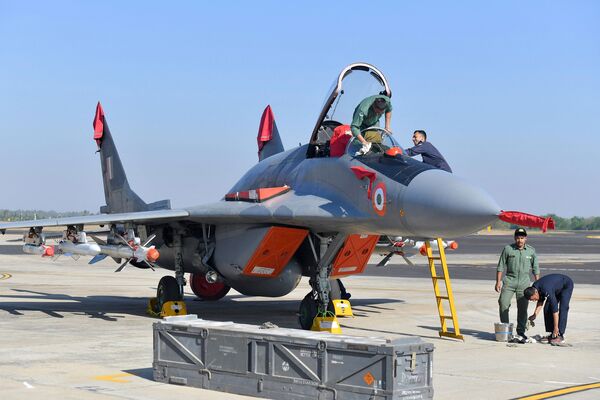
The Indian Air Force (IAF) is setting its sights on enhancing the capabilities of its MiG-29 aircraft by integrating a Stand Off Weapon (SoW) with a range of over 180 kilometres. This significant upgrade is poised to further bolster the IAF’s operational effectiveness and strategic reach. The project aims to integrate the SoW seamlessly onto the MiG-29 aircraft within a 12-month timeline, following the signing of the contract.
The move comes on the heels of the Indian Navy’s successful integration of the Israeli Rampage Long Range Air-to-Ground Precise Strike Weapon on its Mig-29k fleet, highlighting India’s commitment to modernizing its defence capabilities.
Continue readingSOURCE: IDRW.ORG TEAM

The Indian Coast Guard (ICG), the vanguard of safeguarding the nation’s vast maritime interests, has seen remarkable growth over the last 15 years. With an expanding charter of duties and responsibilities, the ICG is now gearing up for further expansion. One crucial element of this modernization drive is the replacement of its aging Chetak helicopters. The ICG has set its sights on an indigenous solution – the Light Utility Helicopter (LUH) developed by Hindustan Aeronautics Limited (HAL).
The ICG, which plays a pivotal role in safeguarding India’s maritime security, has grown threefold in size over the past 15 years. This expansion is in direct response to the increasing complexities of its missions and the need to secure the nation’s vast coastline and exclusive economic zone.
Continue readingSOURCE: IDRW.ORG TEAM
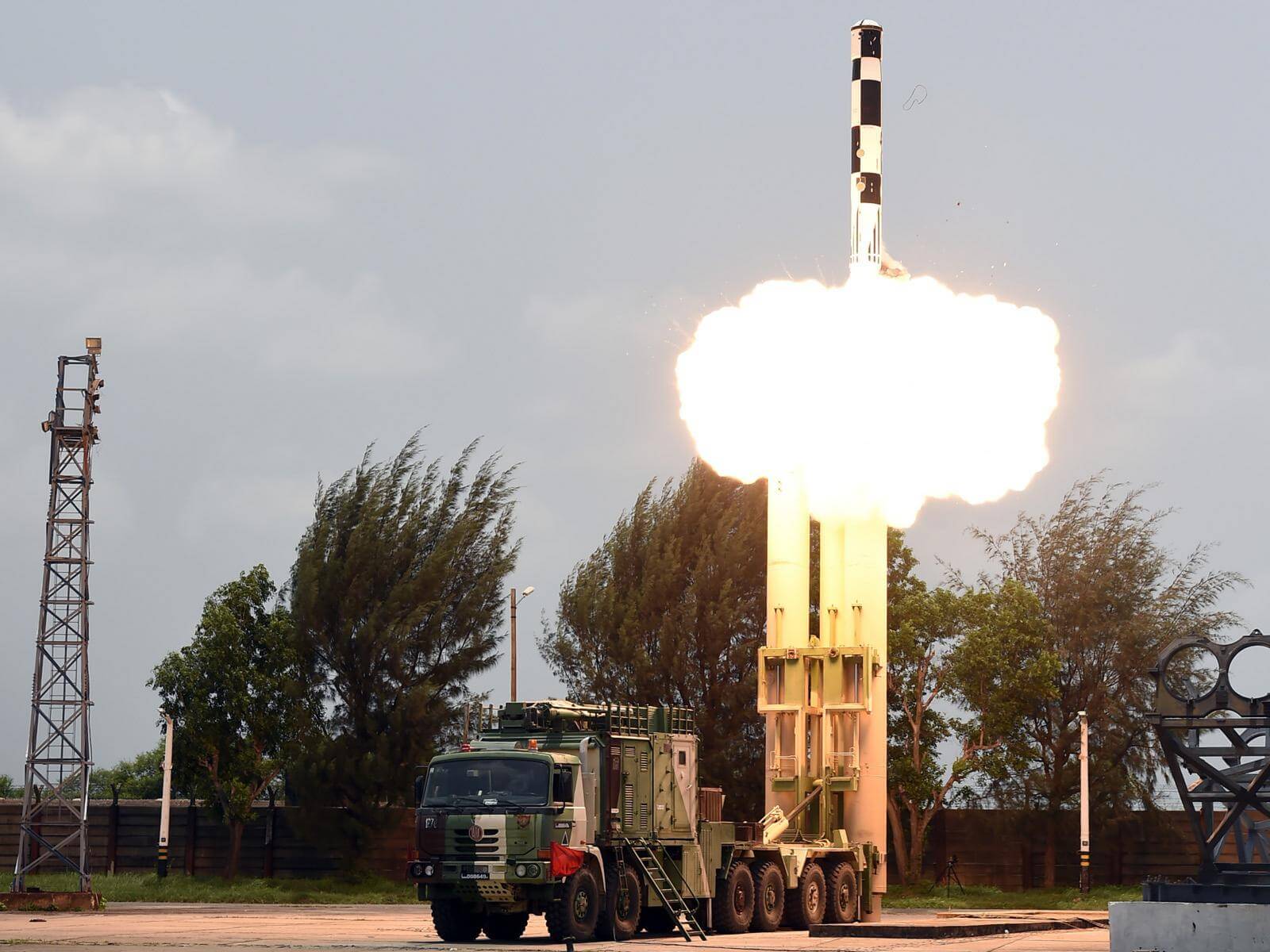
A recent report from Usman Haider, a research assistant at the Strategic Vision Institute in Islamabad, Pakistan, highlights the potential impact of the enhanced-range BrahMos missile on the deterrence equation between India and Pakistan. The extended-range BrahMos (BrahMos ER) has the capability to complicate the existing deterrence dynamics in the region.
India has been actively seeking precision strike systems to execute counter-force strikes, and the BrahMos ER is seen as a continuation of these efforts. This advanced missile system provides India with the strategic ability to strike targets deep within Pakistan’s territory. Its features, including maneuverability and high speed, make it challenging to intercept, adding a new dimension to the deterrence equation.
Continue readingSOURCE: RAUNAK KUNDE / NEWS BEAT / IDRW.ORG

The Indian Navy is currently grappling with a missile procurement challenge, prompting it to consider the induction of the SCALP Naval missile system as a temporary solution. Developed by MBDA Systems, the SCALP Naval missile is a long-range, sea-launched, surface attack, stand-off cruise missile that has been successfully deployed by the French Navy on its Scorpene class submarines. However, this temporary measure may be necessary because India’s indigenous cruise missile program is still several years away from production.
The Indian Navy has unique requirements when it comes to striking offshore targets, including military and economic infrastructures. Long-range cruise missiles are essential for these operations, and the Indigenous Long-Range Land Attack Cruise Missile (LRLACM) program is seen as a viable solution. However, this indigenous program faces delays, making the induction of the SCALP Naval missile a potentially practical interim measure.
Continue readingSOURCE: RAUNAK KUNDE / NEWS BEAT / IDRW.ORG
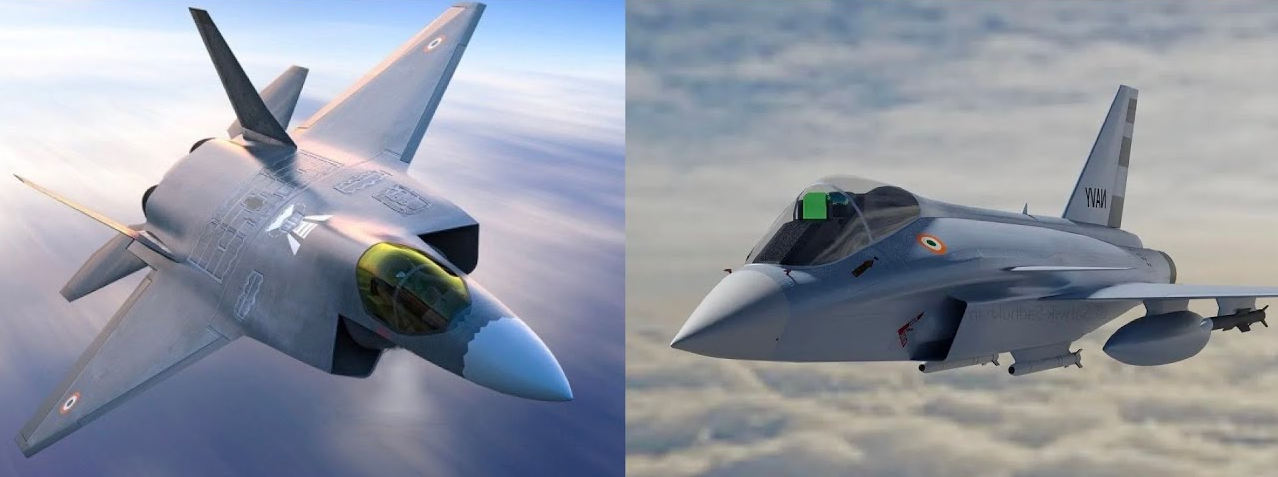
The Indian Navy’s Twin Engine Deck Based Fighter (TEDBF) program is poised to achieve a groundbreaking level of commonality with the Indian Air Force’s (IAF) 5th generation Advanced Medium Combat Aircraft (AMCA) program. This strategic move emphasizes the nation’s commitment to efficient resource utilization and technological synergy.
The TEDBF program is set to adopt nearly 60 per cent of the components and systems that are being developed for the AMCA program. This high degree of commonality between the two programs will result in significant benefits, including reduced development costs, streamlined logistics, and enhanced maintenance efficiency.
Continue readingSOURCE: RAUNAK KUNDE / NEWS BEAT / IDRW.ORG

The Indian Army and Indian Air Force are set to procure 16 MQ-9B SkyGuardian Remotely Piloted Aircraft Systems (RPAS), which will come equipped with Electronic Warfare and Airborne Early Warning sensor payloads. These high-altitude, long-endurance (HALE) unmanned aerial vehicles (UAVs) will be stationed in North India to monitor the Line of Control (LOC) and Line of Actual Control (LAC) with both China and Pakistan.
The MQ-9B SkyGuardian is designed to provide extended flight capabilities, with the ability to fly over the horizon via satellite for over 40 hours in various weather conditions. It is engineered to safely operate in civil airspace, offering real-time situational awareness for joint forces and civil authorities, day or night.
Continue reading